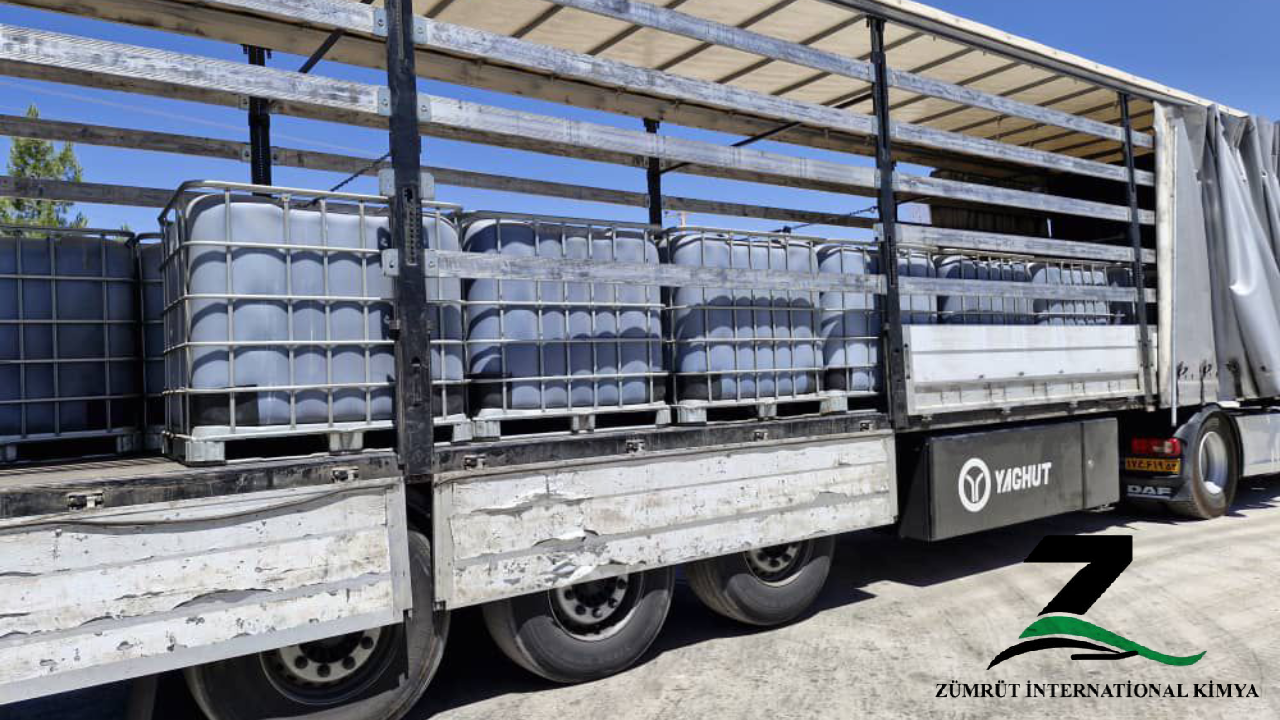
Cationic Bitumen Emulsion K1-60 Description
Cationic bitumen emulsion K1-60 is a type of bitumen emulsion commonly used in road construction and maintenance. It’s a stable mixture of bitumen, water, and emulsifying agents, where the bitumen particles carry a positive charge. The “K1-60” designation typically refers to the viscosity of the emulsion. This specific type is often used for prime coating, tack coating, and surface dressing applications due to its ability to adhere well to various types of aggregates.
Bitumen Emulsion K1-60 cationic bitumen emulsion is an emulsified asphalt containing minimum 57 % bitumen. It is a medium viscosity emulsion. Emulsion K1- 60 bitumen emulsion can also be used in grouting. K1-60 cationic bitumen emulsion is made according to KS 02-769: 1990 standard.
Bitumen Emulsion K1-60 are cold applied, liquid bitumen emulsions, used in the construction and repair of pavements, driveways, roads, and highways. In accordance with these standards, This product is denoted by the prefix ‘K’ signifying a cationic emulsion. The ‘1’ signifies a rapid breaking type of emulsion, while the number to the right of the hyphen indicates the bitumen content. Therefore K1-60 denotes rapid break, cationic emulsion with 57% normal bitumen content.
Cationic Asphalt Emulsion K1-60 Applications
Cationic Asphalt emulsion K1-60 has various applications in road construction and maintenance, including:
- Prime coating: Used to prepare the base surface before laying asphalt or other road materials to enhance bonding and waterproofing.
- Tack coating: Applied between layers of asphalt or pavement to improve adhesion and prevent slippage.
- Surface dressing: Applied as a thin layer over existing surfaces to seal and protect against water penetration, oxidation, and wear.
- Patching and repair: Used to fill cracks, potholes, and other surface imperfections in asphalt and concrete pavements.
- Dust suppression: Applied to unpaved roads and surfaces to control dust and stabilize aggregates.
Recommended Rate of Application
| Application | Quantity in Kg/10 m² Area |
| Bitumen Surface | 2 – 2.5 |
| Aged Bitumen Surface | 2.5 – 3 |
| Primed Surface | 2.5 – 3 |
| Non Bitumen Surface | |
| Granular Base (Not Primed) | 3.5 – 4.0 |
| Cement Concrete Pavement | 3.0 – 3.5 |
Application Conditions of Cationic Emulsion Bitumen K1-60
Cationic Asphalt emulsion K1-60 has various applications in road construction and maintenance, including:
- Prime coating: Used to prepare the base surface before laying asphalt or other road materials to enhance bonding and waterproofing.
- Tack coating: Applied between layers of asphalt or pavement to improve adhesion and prevent slippage.
- Surface dressing: Applied as a thin layer over existing surfaces to seal and protect against water penetration, oxidation, and wear.
- Patching and repair: Used to fill cracks, potholes, and other surface imperfections in asphalt and concrete pavements.
- Dust suppression: Applied to unpaved roads and surfaces to control dust and stabilize aggregates.

The application conditions for cationic emulsion bitumen K1-60 typically include:
- Surface Preparation: The surface should be clean, dry, and free of any loose materials, debris, or standing water.
- Temperature: The ambient temperature during application should ideally be above 10°C (50°F) and rising, ensuring proper curing of the emulsion.
- Mixing: The emulsion should be mixed thoroughly before application to ensure uniform distribution of bitumen and emulsifying agents.
- Application Rate: The application rate may vary depending on the specific application and surface conditions, typically ranging from 0.5 to 1.5 liters per square meter.
- Application Method: Common methods of application include spraying, brushing, or squeegeeing, depending on the desired thickness and surface area.
- Traffic Control: It’s important to control traffic during and after application to prevent damage to the freshly applied emulsion.
- Curing Time: Allow sufficient time for the emulsion to cure and fully bond with the surface before subjecting it to traffic or further construction activities.
Preparation:
All surfaces must be dry and free from dust, oil, grease, fuel spillage, mud, leaves, etc. In hot weather, it may be advisable to dampen the surface with water in order to retard the loss of water from the emulsion as it cures and to ensure better wetting of the surface by the emulsion. It is essential that the surface is free of standing water prior to and during application.
K1-60 Packing
Bitumen Emulsion K1-60 is available in:
- Bulk as IBC Tank, Flexi Tank
- Reconditioned steel drums 200 lit.
- New steel drums 200 lit.
Cationic Asphalt Emulsion K1-60 Specfications
| No | Property | Result |
| 1 | Particle charge | Pos. |
| 2 | Residue on 710 um KS sieve (%)(m/m), maximum | 0.05 |
| 3 | Residue on 150 um KS sieve (g per 100 mL), maximum | 0.15 |
| 4 | Binder content (%)(m/m), minimum | 57 |
| 5 | Viscosity (degrees Engler (°E) at 20°C | 6-9 |
| 6 | Viscosity redwood No. II (s at 85°C) | – |
| 7 | Storage stability (long period test) % water content difference, maximum | 2 |
T.D.S of Cationic Bitumen Emulsion K1-60



